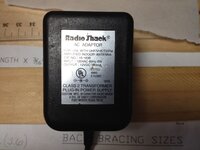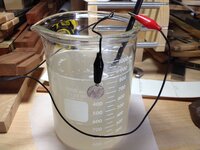Alkanira
Jr. Member
- Apr 14, 2015
- 23
- 15
- Detector(s) used
- Tesoro Compadre
Bounty Hunter Tracker 4 (Broke the coil, waiting new :)
- Primary Interest:
- All Treasure Hunting
Hello! This is my first post and im new to the forum, but not new to metal detecting, and after washing and brushing stuff for hours on end i started reading about electrolysis, and as i work within Electronics, getting an old Analog power supply was no problem. Tried some new digital ones and they just didnt understand what was going on
I only had small items to try out at first, so i made it out of a 10L Bucket and wired some steel bars in there. And it works wonders, even this moddest blue bucket sitting in my garage.
Note, this is my test setup on how to do this, so dont judge to hard
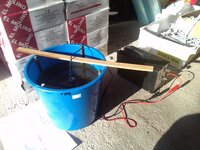
Before:
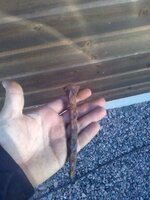
After:
i lost some of the head, it was too far gone
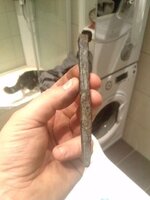
(Dont mind the cat in the shower)
Some old bullet cartridge
Before And After:
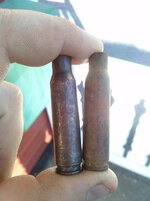
I only had small items to try out at first, so i made it out of a 10L Bucket and wired some steel bars in there. And it works wonders, even this moddest blue bucket sitting in my garage.
Note, this is my test setup on how to do this, so dont judge to hard


Before:

After:
i lost some of the head, it was too far gone


(Dont mind the cat in the shower)
Some old bullet cartridge
Before And After:

Amazon Forum Fav 👍
Last edited:


